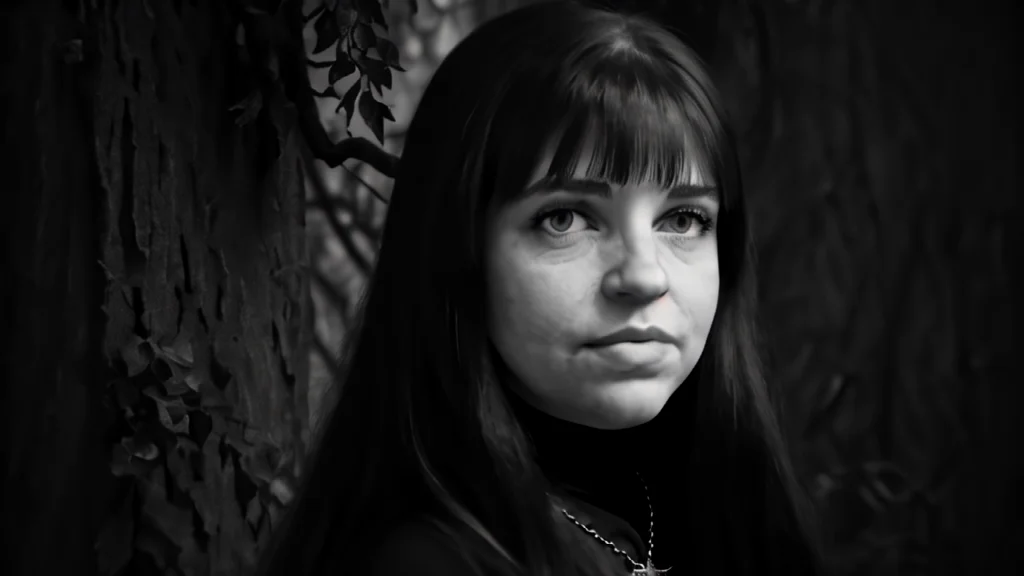
Look, Stable Video Diffusion is Stability AI's latest attempt at turning static images into videos. Spoiler: it still makes you want to throw your computer out the window, just slightly less often. It's built on Stable Diffusion 2.1, which means if you've dealt with SD's endless dependency hell before, congrats - you get to do it all over again.
It's got around 1.5 billion parameters (honestly could be more, the docs are vague) and works in latent space instead of raw pixels, which is the only reason it doesn't take 3 hours per frame like that piece of shit VideoCrafter. It uses CLIP embeddings to "understand" your image, though "understand" is generous when it turns your nice portrait into a face-melting Cronenberg nightmare that'll haunt your dreams.
What It Can Actually Do
SVD takes one image and spits out 14-25 frames of 576×1024 video. That's roughly 2-4 seconds if you run it at 6 FPS, which is about all you'll get before the motion becomes complete chaos. The different models are:
- SVD (Standard): 14 frames, good enough for testing
- SVD-XT: 25 frames, because apparently 14 wasn't enough suffering
- SVD 1.1: "Improved" version with fixed settings you can't change
- SV4D 2.0: 4D model released May 2025, because apparently regular disappointment wasn't enough
The motion control is basically trial and error. You set a "Motion Bucket ID" between 0-255, but good luck figuring out what any of those numbers actually do. I've found 127 works for portraits sometimes and 60 for landscapes maybe half the time, but honestly it's mostly voodoo.
The Technical Reality Check
SVD was trained on the Large Video Dataset - started with like 580 million video clips, threw out 428 million that were complete garbage, ended up with 152 million that didn't suck. Benchmarks say it scores around 240 on UCF-101, which sounds impressive until you try it on your actual images and realize those benchmarks are bullshit.
The real kicker? It only works well on specific types of images. White backgrounds are your friend. Complex scenes turn into abstract art. Faces usually melt. Text becomes hieroglyphics. And don't even think about multiple people in one shot - that's instant nightmare fuel.

The ComfyUI workflow above shows what you're in for. That's assuming ComfyUI doesn't crash when you try to load the model, which happens more than anyone wants to admit.
Alright, so that's SVD. Pain in the ass, but sometimes it works. Now which model should you actually download? The comparison table below breaks down the key differences between all the variants, because picking the wrong one means wasting hours on downloads and setup for features you can't actually use.
Real-world resources that actually help:
- SVD Examples Repository - Working ComfyUI workflows that don't suck
- ComfyUI SVD Custom Nodes - Essential nodes for SVD
- Civitai Quick Start Guide - Beginner-friendly tutorial
- Diffusers Documentation - Official Hugging Face guide
- ComfyUI Manager - Node management that actually works
- SVD 1.1 Model - Latest "improved" version
- Stability AI Research Paper - Academic background
- GitHub Discussions - Real troubleshooting help
- Video Helper Suite - Additional ComfyUI video nodes
- SVD Comparison Analysis - SVD 1.0 vs 1.1 differences



